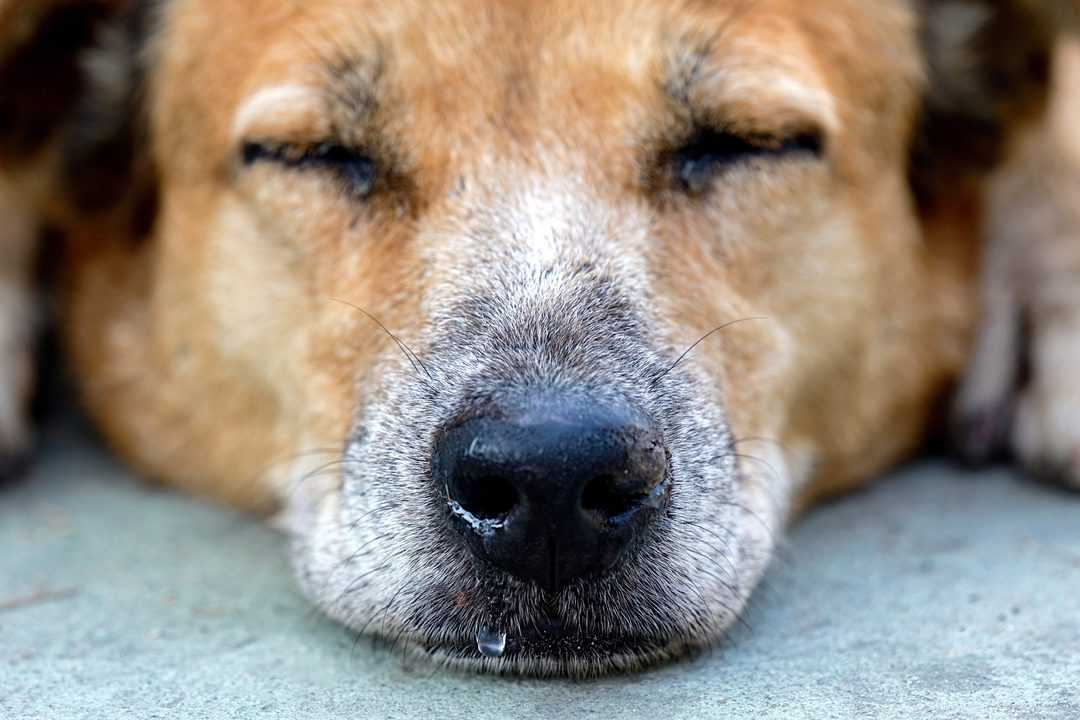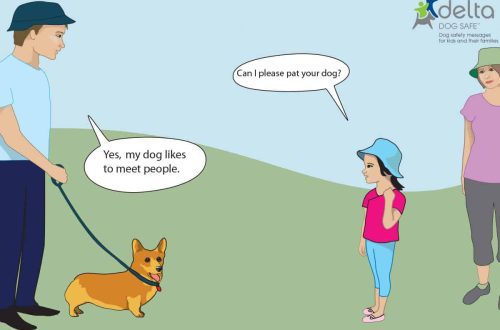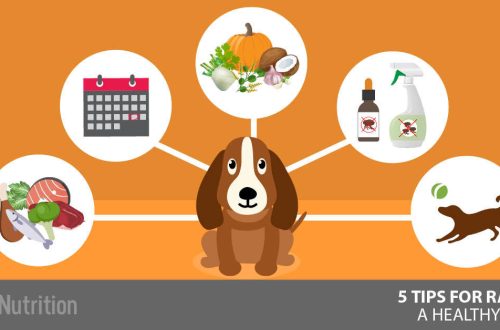
How to wash the nose of a dog with a runny nose and can it be done at home
The veterinarian will tell you about the need to rinse your nose. But for this, he will determine the reason why the pet has a discharge from the nose. It may be as follows:
- Viral disease or common cold. Discharge from the nasal passages in the form of clear mucus. Itching in the nose forces the dog to sneeze and rub its muzzle with its paw, but its general condition is good: it moves actively, eats with appetite.
- Acute infectious disease. Inflammation of the nasal mucosa is accompanied by a greenish discharge with an unpleasant odor. The cause of rhinitis may be a dental infection or structural features of the nasopharynx. It also often appears in infectious diseases as a concomitant symptom.
- Allergy. The dog has abundant serous discharge from the nose, as well as watery eyes, itchy skin, and difficulty breathing.
- Foreign body. If a small object gets into the pet’s nose, a clear discharge may appear, but sometimes with blood. In this case, the dog can shake its head, trying to get rid of the foreign body.
If your pet is experiencing nasal discharge, you should first contact your veterinarian to determine the root cause of a runny nose in a dog. And only if the doctor prescribes a nasal lavage, you will have to subject your pet to this difficult procedure.
Washing the nose of a dog
- Fix the dog: sit it with its back to you and pinch its head with your knees. If the animal is philosophical about nose washing, fixation can be dispensed with, but such dogs are usually few in number.
- Wet soft wipes in warm water or furatsilina solution and apply them to the dried crusts in the pet’s nose. When they are wet, it will be easier for you to remove them.
- Clean up any nasal discharge. If there are a lot of them, you can use an aspirator, but only if there is no blood in the secretions. It is important!
- Drop the liquid prescribed by the doctor in the right amount into each nasal passage. This can be saline, as well as a solution of furacilin or chlorhexidine. The latter is used for purulent discharge from the dog’s nose.
- Inject the medications prescribed by the veterinarian into the dog’s nostrils.
You can not use vasoconstrictor drugs intended for adults. In rare cases, veterinarians may prescribe such drugs to dogs, but only in “children’s” concentrations – for babies from 1 month old.
Knowing how to rinse a dog’s nose, if necessary, you can carry out this procedure yourself. To alleviate the condition of the pet, information from the article on what remedies for dry nose can be used and when will also help.
See also:
- How to improve your dog’s health: basic recommendations
- Dog Oral Care
- How to understand your small dog and how to care for it?





